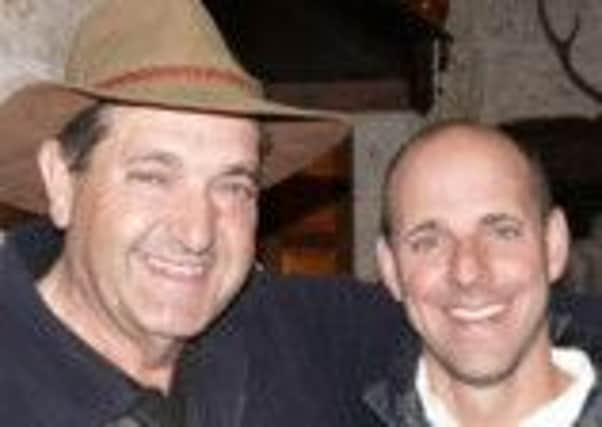Book review: The Telling Room by Michael Paterniti


The Telling Room
Michael Paterniti
Canongate, £12
One edition described a “sublime” but outrageously expensive Spanish cheese called Paramo de Guzman.
Many years later, Paterniti discovered the deli newsletter while clearing out a cupboard and decided to go to Castile, find the village of Guzman and meet Ambrosio Molinos, the farmer who made the wonderful cheese. He discovered a village trying to manage the poverty and drabness of the Franco years by returning to its past, whether in creating cheese based on natural ingredients or trading stories from more romantic times. Paterniti was immediately absorbed into village life and invited to join the locals for wine and stories in Ambrosio’s bodega, a man-made cave which came to be known as the Telling Room.
Advertisement
Hide AdThe Telling Room held Ambrosio’s most treasured boyhood memories. Although sent to Catholic boarding schools, he was very attached to his father and often the two were hungry when working on the family farm. One day, having only wine with them, Ambrosio’s father remarked that “some cheese would be fine”. That gave Ambrosio an idea.
With no regard to the cost, Ambrosio ordered sheep to provide milk and expensive equipment, and started experimenting with recipes until he found “the one”. His Paramo de Guzman, made “in the old way”, became an instant hit. It soon became a favourite of celebrities and even of King Juan Carlos.
Ambrosio set up a company with private investors and signed contracts without reading them, mistaking fame for profit. When the business failed, he blamed his lawyer Julian, who had been a friend since boarding school. That rupture hurt him as much as the loss of his business, his farm, his home and his self-esteem. If Paterniti’s quest is the first obsession, Ambrosio’s cheese-making and his feud with Julian are the second and third.
Paterniti persuaded his literary agent that there was a book in this story and contracts were signed. Yet even though he was allowed to use the Telling Room to write, the book obstinately refused to come together. Much of his problem was that he was in thrall to Ambrosio’s exuberant personality and he failed to interview Julian and the investors who had lost money in the business.
The problem was, “everything is digression in Castile”. The locals would talk about “anything to keep from having to tell the next part of the story”.
Paterniti’s storytelling doesn’t escape the affliction – sometimes the footnotes fill more of the page than the story. If you are looking for a straightforward tale of a business fiasco, the frequent interruptions to the narrative might render it a little overripe.